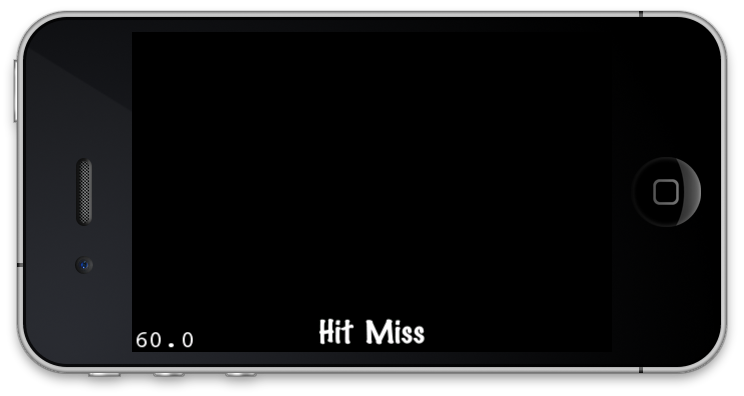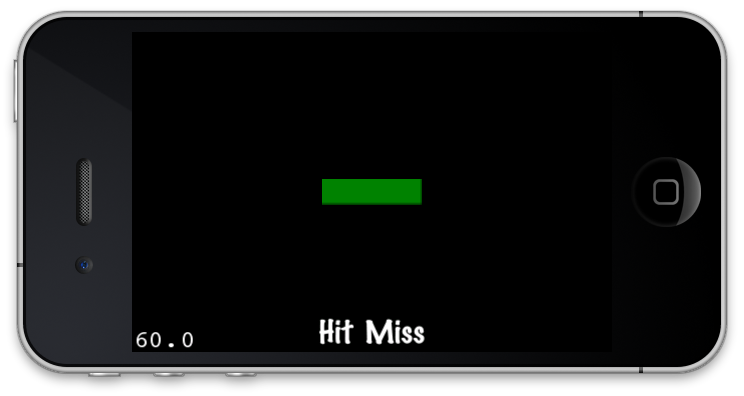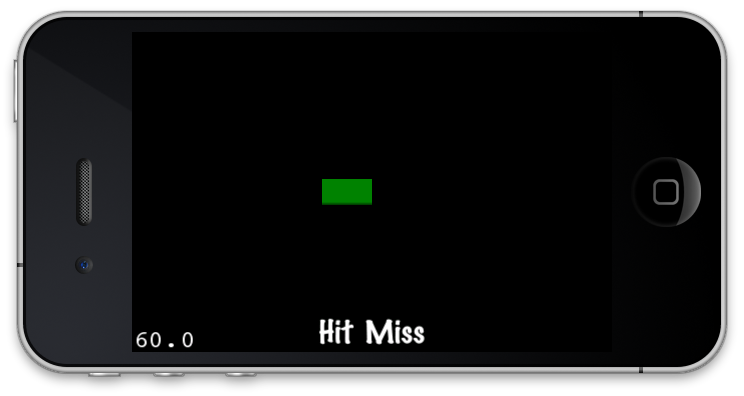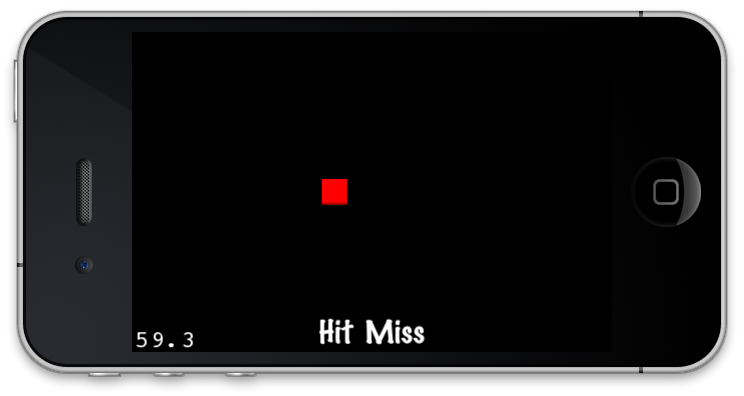

Health bar represents how much damage a sprite can sustain before falling apart. Almost all modern games utilize the concept of the health bar. In this article we are going to learn how to create a simple health bar which can be used in any iPhone game.



